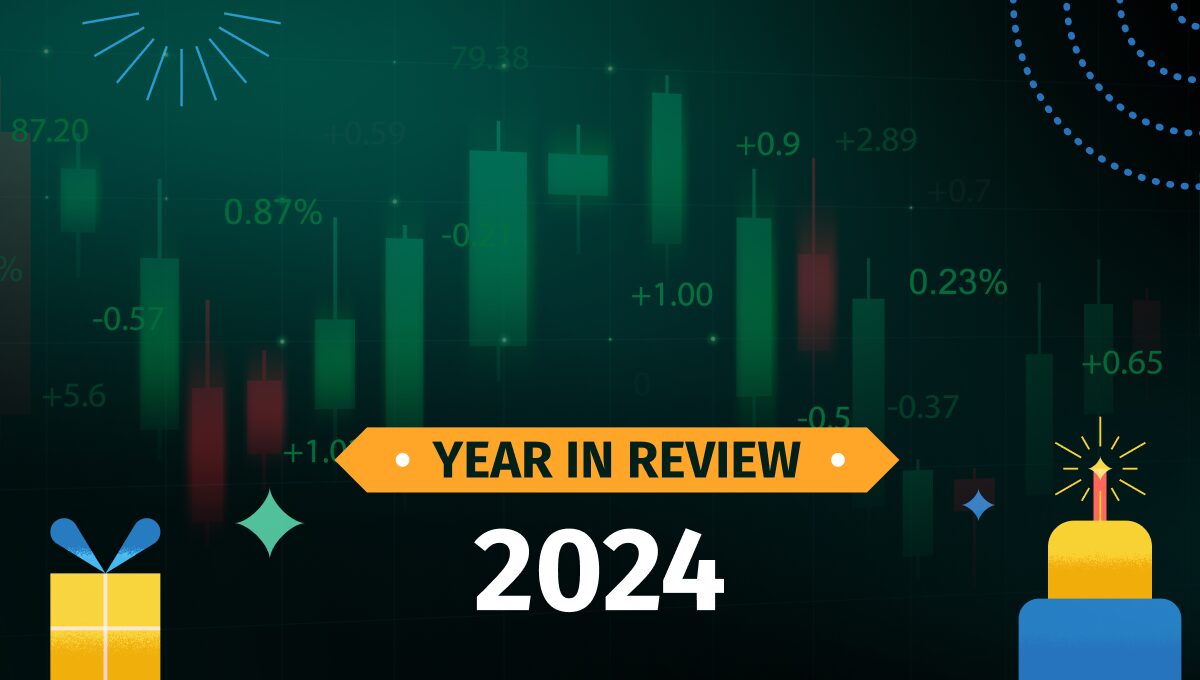Expert Analysis of the Global Macro Events & News affecting the Indian Markets
WEEKLY SYNOPSIS
| Index | 1 Week | 1 Month | 1 Year | 5 Years |
| Nifty 50 | -0.67% | -1.53% | 11.74% | 65.62% |
| BSE Midcap | 0.76% | 2.51% | 24.07% | 83.14% |
| S&P 500 | 0.13% | -3.85% | 9.31% | 51.84% |
| Nasdaq | 0.69% | -5.07% | 13.09% | 67.59% |
Awaiting a recession that may not arrive?
It’s been over a year since a recession in the US is being expected, but no one is still sure whether things have started to get better or should we be expecting a recession still. Well, I don’t have an answer to this but I can tell it’s going to be interesting to see how things pan out for the country. A week back, our readers were concerned about Michael Burry’s position against the markets hinting at the turndown of US markets and so, this week, we’re talking about the much anticipated recession.
This started in the first quarter of 2022 when the GDP growth rate sunk by 1.6% spiking up the predictions of a recession. GDP growth by another 0.6% in the next quarter. Now, as per some technical definitions, the US was already in recession having two bad quarters consecutively but the world follows economics, literal definitions. Some industries like technology and IT have taken a hit, while manufacturing and consumer goods is still afloat, economists are divided leading to ambiguity around statements. So, I’ll talk about some parameters indicative of a recession and some that hint at a slow revival. Recession, no recession – decide for yourself!
A look at the data: The chart here shows the correlation between inflation rates and fed interest rates. Look towards the end of this chart, we see inflation rates being the highest when interest rates are low. As the Fed started increasing interest rates, inflation rates started coming down. Let’s understand what’s been happening.
January 2022, The Fed interest rates stood at 0.25%. Cut to July 2023, the interest rates are 5.50%. Massive increase, right? Inflation started going up post the pandemic in April 2021 when it crossed the 2% mark. By January 2022, it had risen to a whopping 6.02%. Now, to control inflation, the Fed started increasing the borrowing rates slowly, but little did it help. Despite having interest rates hiked for eleven months, the inflation is still at 4.65%. Why are we expecting a recession? Banking sector. Banking is the tile that might bring the downfall of this domino. The Fed is in no mood to stop its interest rate hike spree. Interest rates are still expected to go up with the aim of bringing inflation down to 2%. Last year and earlier this year, banking tanked. Equity markets went down primarily due to banking and we saw negative growth in the indices. Crash in house sales and rise in unemployment rates added to the worries.
The Green Flags
All these considerations point towards an ongoing or an upcoming recession, but this is not it. There’s a flip side – the good one. The risk of a recession has gone down from 65% earlier this year to 40% right now. Why? Consumers!
A look at the data: See how the probability of the recession is falling. We explore the reasons ahead.
Buyers in the US are still spending on consumer goods. People are still going out for movies and lunches helping the ground level workers retain jobs. When consumers keep spending and employees keep getting their paychecks, everything else falls into place. This has led to what may seem like a revival. Another pillar of stability right now is real estate. In July, single family housing starts, building permits and manufacturing production increased. See how the GDP is slowly growing positive.
A recession can only be predicted in hindsight, there is no surety while it’s happening (or not happening). The fear is that consumers might soon run out of their pandemic savings, decreasing demand but the hope is to see the thriving sectors keep the US out of a recession. What would you bet on?
Market Moments with Divam Sharma | Weekly Wrap | Episode 2
Last week was quite eventful for the global economy and markets. We discussed it all in our Saturday live with our fund manager, Divam Sharma. From Chadrayaan’s launch to Powell’s statements during the Jackson Hole symposium, we analysed the impact of these events on the markets. This week, Divam talked about how FIIs and DIIs have changed their positions and the sentiment prevailing in the markets. We are seeing a lot of mixed emotions in the markets and it has gotten very confusing to decide whether one should stay invested or not, but to this, Divam has a simple suggestion. Watch the live to find out what it is!
Last week, we saw investors panicking after Michael Burry bet against the US markets. While this is a big position, the Big Short fame investor has always been seen taking the road less taken and challenging mainstream trends. This does not mean he’s right, it just means he is playing big and risky. In fact, Michael Burry’s bets have often been seen to be the losing ones. As individual investors ourselves, we cannot follow him or his opinions blindly. Even right now, the prudent thing to do would be doing SIPs and topping up investments cautiously, not chickening out of the markets. Check out our live where we talk more on this here.
Explore Green Portfolio’s smallcases
Liked this story and want to continue receiving interesting content? Watchlist Green Portfolio’s smallcases to receive exclusive and curated stories!
And for all you Green Portfolio subscribers, we’re rolling out Exclusive Perks!

Use Promocode SCMINT30 on Mint Premium’s 1 Year or 2 Year plan to get 30% OFF on your purchase! Offer Valid until 31st December, 2023.
Green Portfolio is a SEBI Registered (SEBI Registration No. INH100008513) Research Analyst Firm. The research and reports express our opinions which we have based upon generally available public information, field research, inferences and deductions through are due diligence and analytical process. To the best our ability and belief, all information contained here is accurate and reliable, and has been obtained from public sources we believe to be accurate and reliable. We make no representation, express or implied, as to the accuracy, timeliness, or completeness of any such information or with regard to the results obtained from its use.






